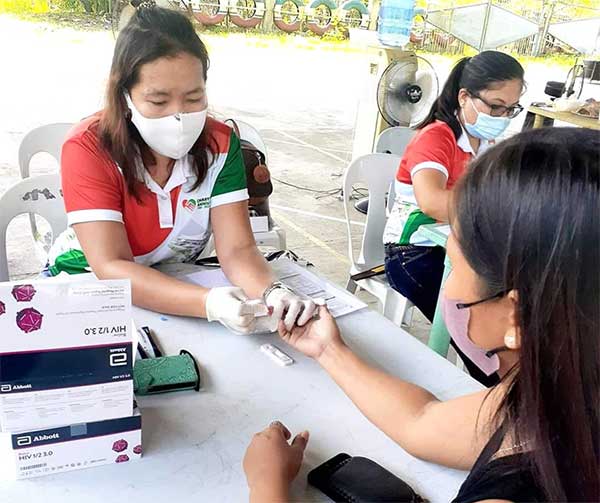
By Rjay Zuriaga Castor
The Department of Health Western Visayas (DOH-6) has called on the public to get tested for human immunodeficiency virus (HIV) and for people living with HIV (PLHIV) to avail themselves of the government’s free services.
“We have available HIV treatment facilities in Western Visayas across our various provinces. Our treatment facilities are there,” said Dr. Bea Natalaray, chief of the Infectious Disease Section, in an interview with Radyo Pilipinas-Iloilo.
The region currently has 18 HIV treatment hubs and primary HIV care facilities.
Natalaray’s statement comes in light of the International AIDS Candlelight Memorial, a global movement that started in 1983 and is observed every third Sunday of May to honor those who have died from HIV-related illnesses.
“If they continue taking our antiretroviral therapy, which is free at our health facilities, they can become undetectable, meaning the HIV virus can no longer be detected in their body,” she emphasized.
She added that getting and keeping an undetectable viral load is the best thing people with HIV can do to stay healthy.
Natalaray noted another benefit of reducing the amount of virus in the body is that it prevents transmission to others through sex or syringe sharing, and from mother to child during pregnancy, birth, and breastfeeding.
“It’s a way to prevent infections from spreading to others. Therefore, if undetectable=untransmittable, it is an important step in preventing the spread of HIV,” she said.
There are at least 7,603 PLHIVs in the region, according to the DOH-6 official.
Natalaray mentioned that persons diagnosed with HIV in the region have increased this year.
“In Western Visayas, our estimated number of PLHIV to be diagnosed this year 2024 may reach 15,000. From January to December 2023, a total of 1,130 new cases were diagnosed, which is an observable surge compared to previous years,” she said.
She stressed that during the COVID-19 pandemic, the number of diagnosed cases decreased, but as the region recovers, the detection rates are gradually climbing back up.
The highest number of cases in 2023 was in the age group 25-34, according to Natalaray.




















